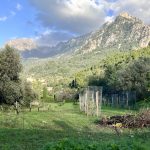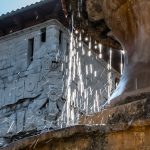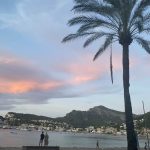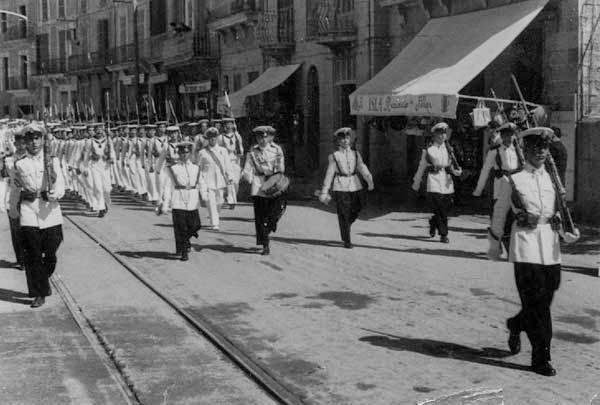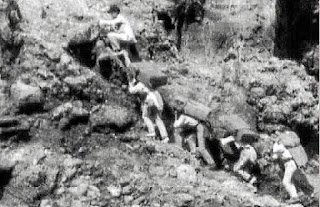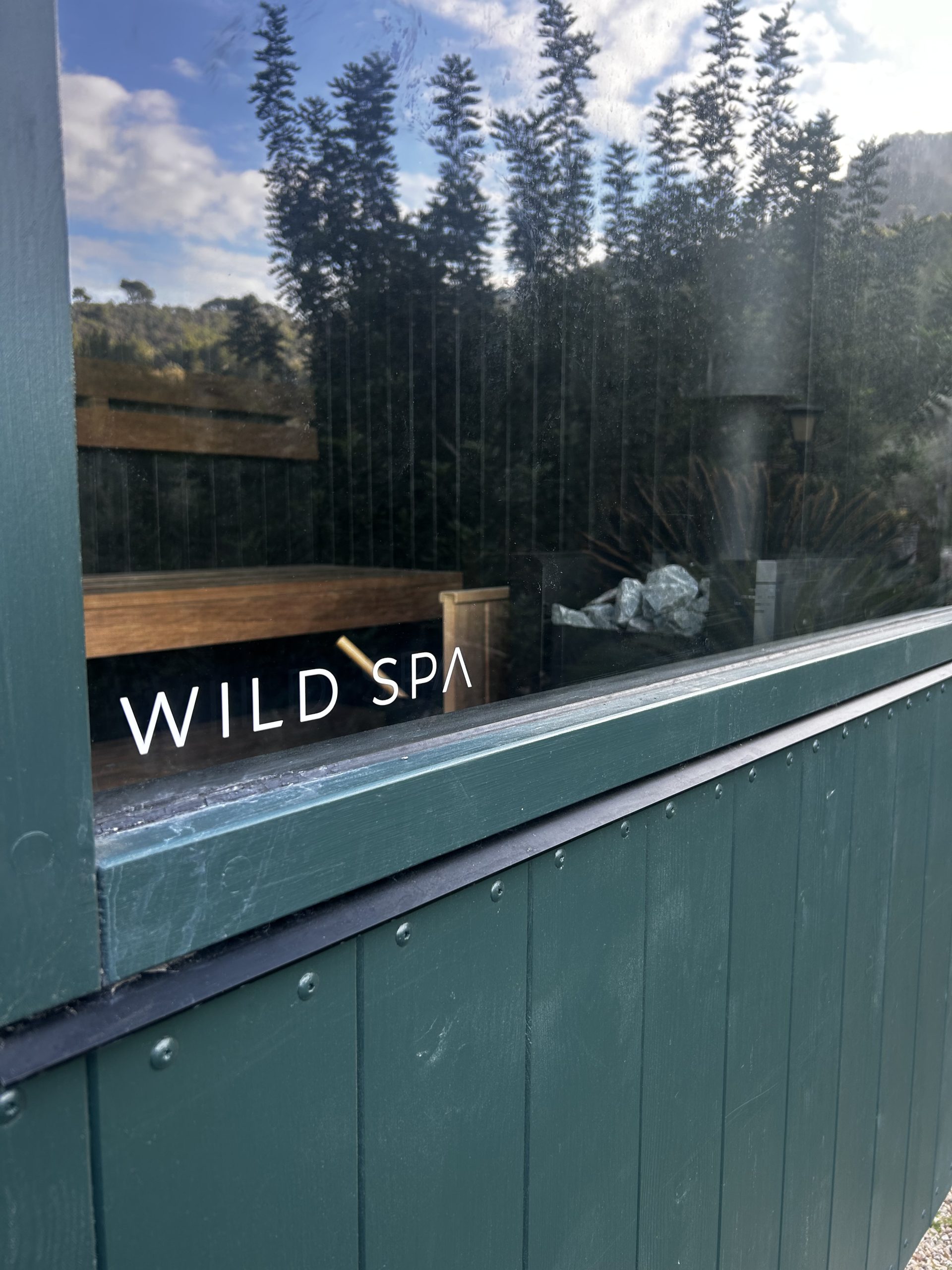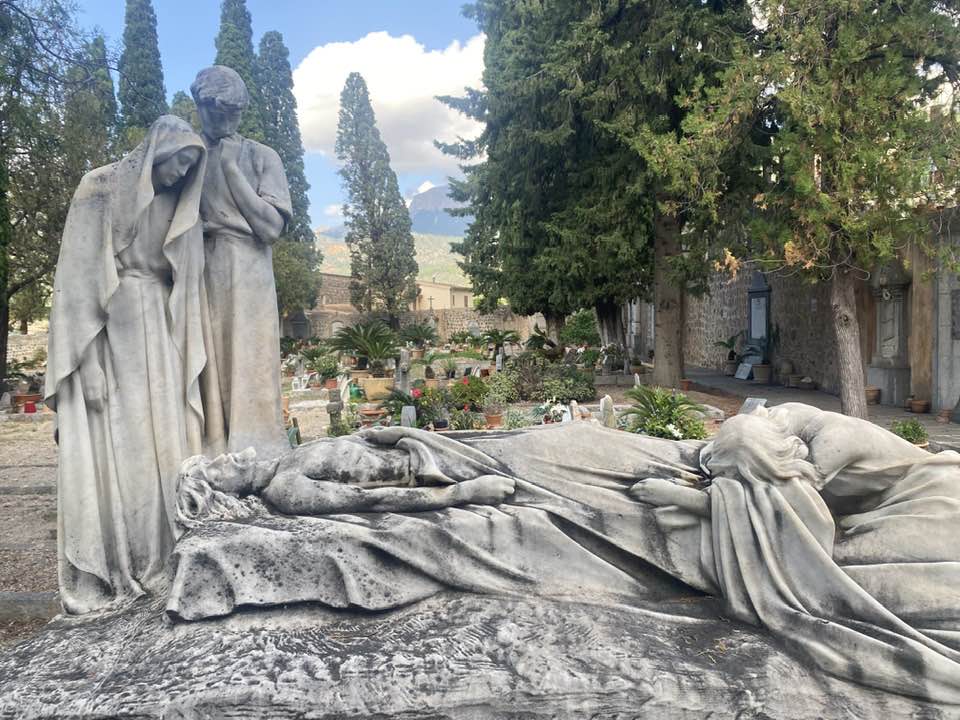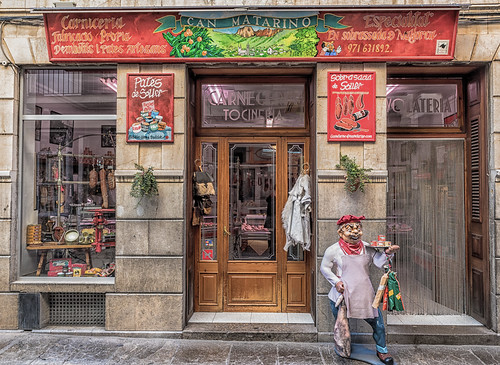Story courtesy of the Cultural Association of the Port of Soller
A BRIEF HISTORY OF THE OCCUPATION OF A PORT IN THE MEDITERRANEAN
THE PORT DE SÓLLER,
The Naval Base in the Port occupied all the port installations, the Oratory of Santa Catalina and San Ramon, Case Canon, Terramar hotels and Costa Brava, the telegraph station of the lighthouse, the arsenal and the field which is now the Camp de Football.
The port was the base of several war ships (the destroyers Almirante Miranda, the Velasco, the Huesca; the minesweeping Ebro, Júcar, safe and Nalón; two tugs – P33 P34 and; etc.).
During the years of the civil war a significant event that had a huge impact on the port was the sinking of the submarine Lepanto (C-4) when it participated in military maneuvers in the waters Saracen (1946), in which the 45 crew members, died on 27 June 1946.
Normal life and port activity was very restricted, even the fishermen had a hard time going out to work. On the other hand, the Base that came to have approximately a thousand people, was, to a large extent, the centre of the social and economic life of the Port. Many people went there to work and many women from the port were married to the Navy personnel and employees of the military Base. Here there was also a high component of class: the daughters of sailors married primarily with “marinos” and women of the Soller Valley middle classes dined luxuriously with officers and non-commissioned officers.
At that time known as the “hunger”, due to the adoption of restrictive measures by the Franco regime and the blockage by the dictatorship powers, many people resorted to smuggling. An activity that was made mainly from the sea and created a lucrative alternative lifestyle. The coves and innovative use of sea caves of the area brought flour, soap, tobacco and medicines particularly penicillin which was in very short supply. Many fishermen risked their lives and enjoyed the gratitude of local, very deprived people, for their work.
Photo: Girona Guide Author: Ivan Murray Mas Photo:


